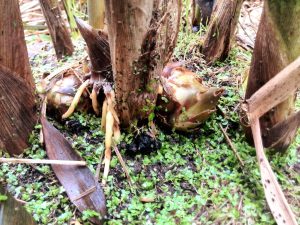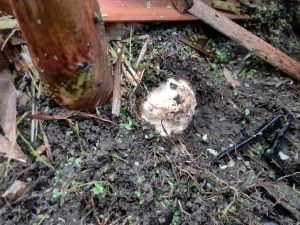Arundo donax
On my trip to Tunisia, I took stem of relatively thin but mature Arundo donax plant. I didn’t have high expectations for it to survive, but I kept it. When I got back, I buried it into damp peat moss / pine bark mix and soon first shoots emerged.
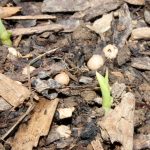
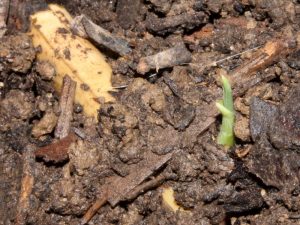
Almost every node started growing shoot in only a couple of weeks. At first they grew slowly and got damaged by full sun exposure. At first there were no roots around the newly grown shoots, which means that small plants received all their water and nutrients from old stem. At one point leaves started to look healthier and totally immune to strong sun exposure as long as they received enough water. It didn’t take long before they started multiplying. Each of the initial shoots started growing at least one if not two additional shoots around it. Second shoots soon got ticker and taller than their predecessors and started growing even larger shoots. Almost every day at least one shoot appeared and newer stems grew thicker and taller.
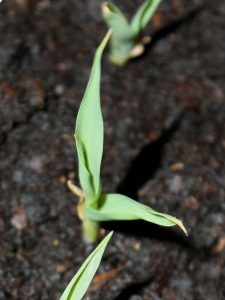
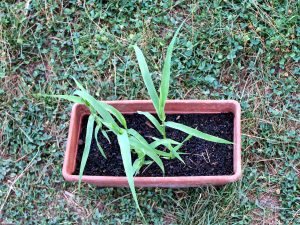
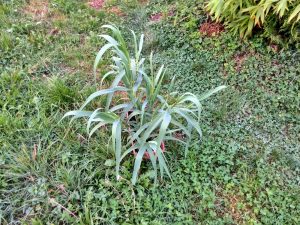
In their third month, weather cooled off and summer temperatures were gone. Due to large amounts of rain, they thrived. Initial shoots became droopy and start falling in all directions, newer, thicker stems remained upright, until their leaves became too heavy for thin stem to support. Even with regular rain, peat moss based soil never remained saturated with water.
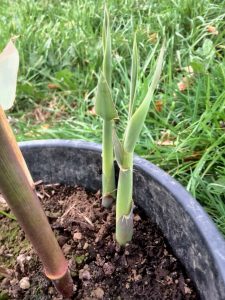
In short time, container became too crowded and completely root bound. There was almost no free soil remaining without plenty of white roots from all of the plants that came out of original layerd culm, so I had to tear off each of the plants and separate them from the large root mass. They all stopped growing after the transplantation, so they could recover their root system. Shortly after they got to their individual pots, weather cooled off and everything went to standby mode. Despite relative cold, some of the plants started shooting around a month after getting up-potted. New shoots were thicker than previous ones by far, which means they liked their new environment.
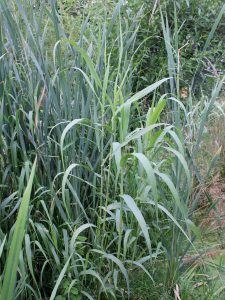
Arundo can use as much sun as it can get, but the first year outside was extremely wet. Despite all the rain and lack of sun and warmth, it started shooting and by the end of growing season, it had grown over most of other plants around it. In the early winter when I started cleaning around it, I noticed new buds emerging from around the canes. Rhizomes below the soil were covered, but I did see a shoot tip a couple of inches away, which means it’s well rooted and it actually started spreading. With more sun, it’s growth would be much more vigorous, because it could overgrow other plants earlier in the summer.
I used dry grass and cattail (Typha) to protect the soil and roots around the clump from winter cold.